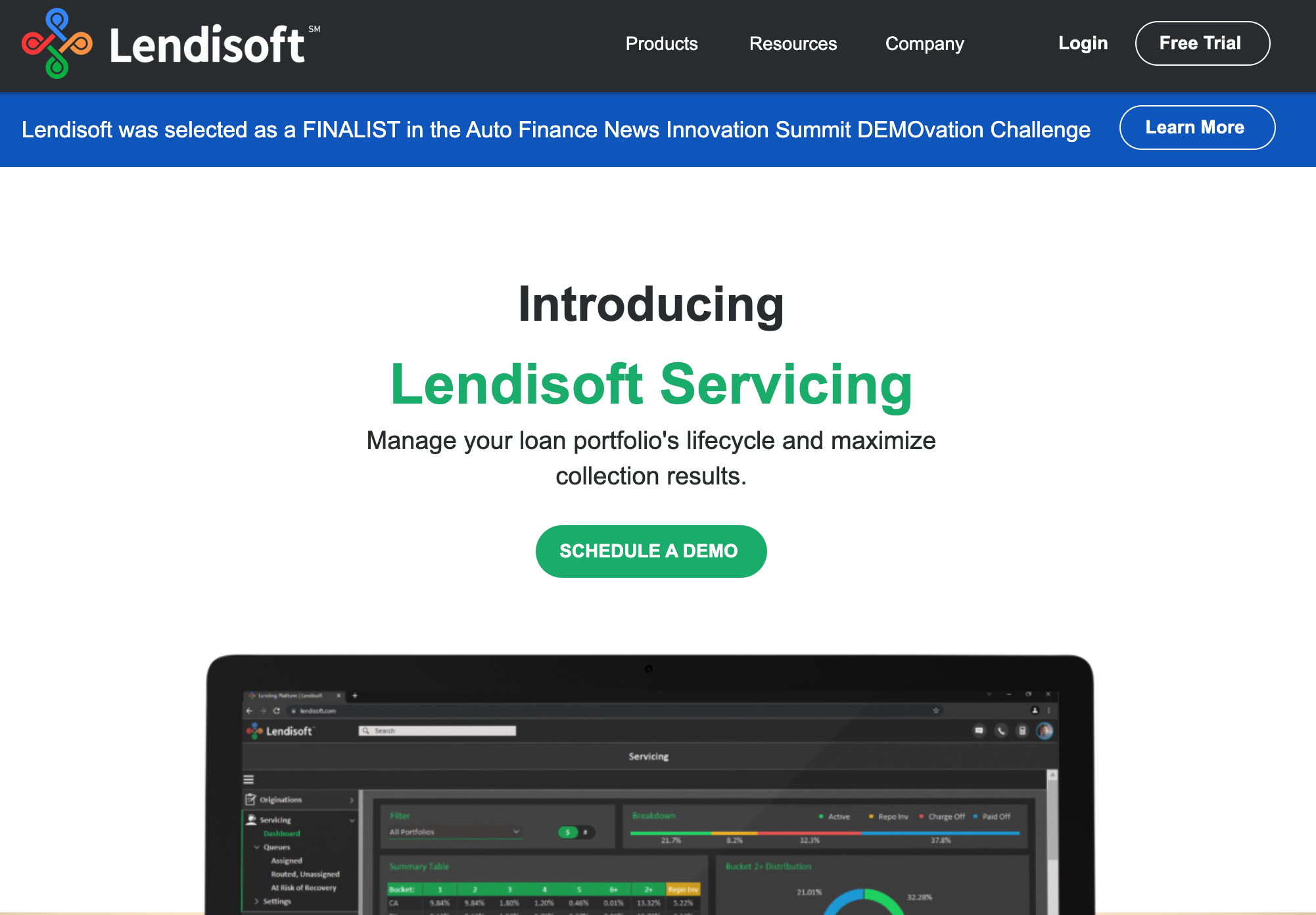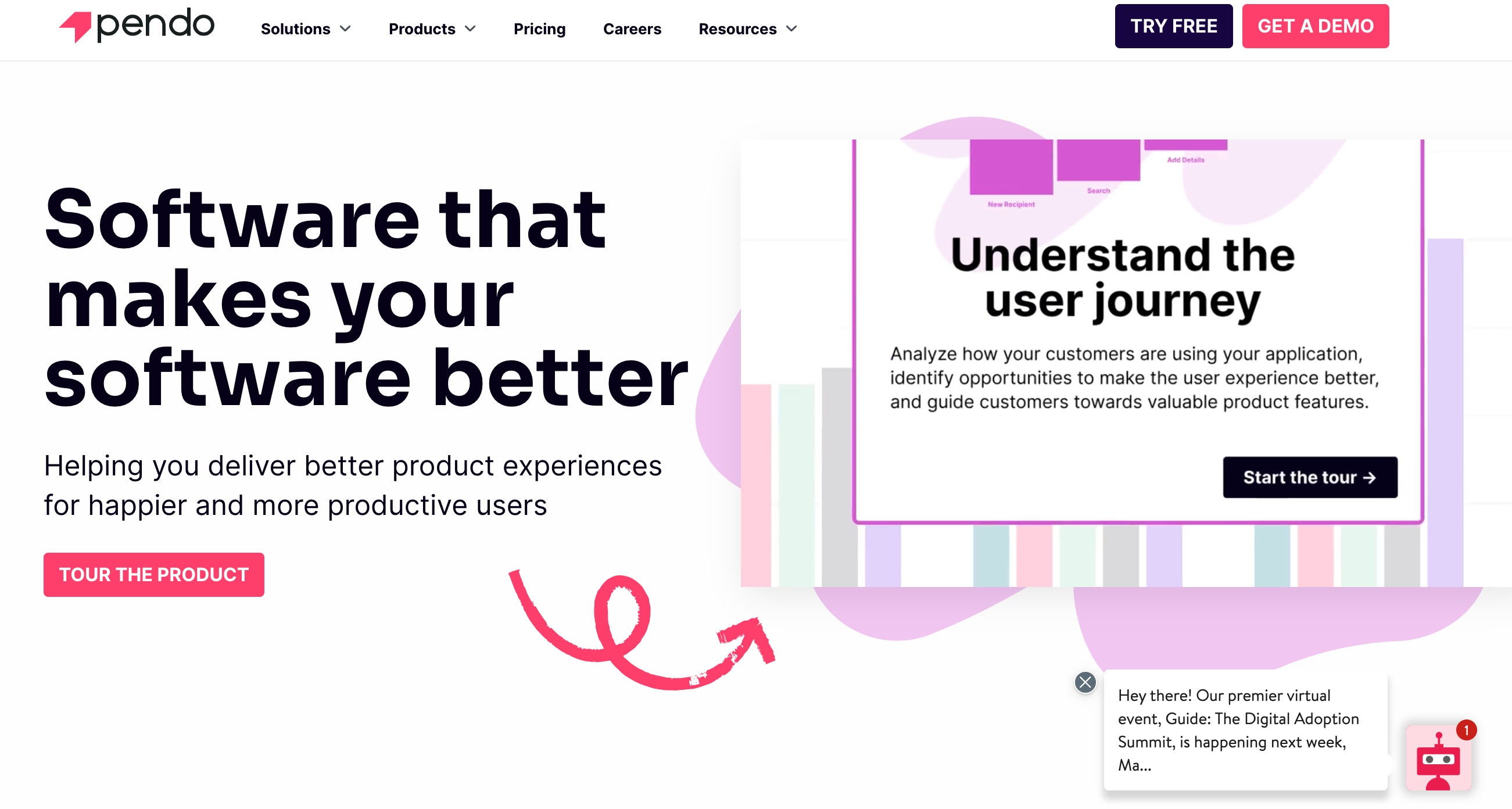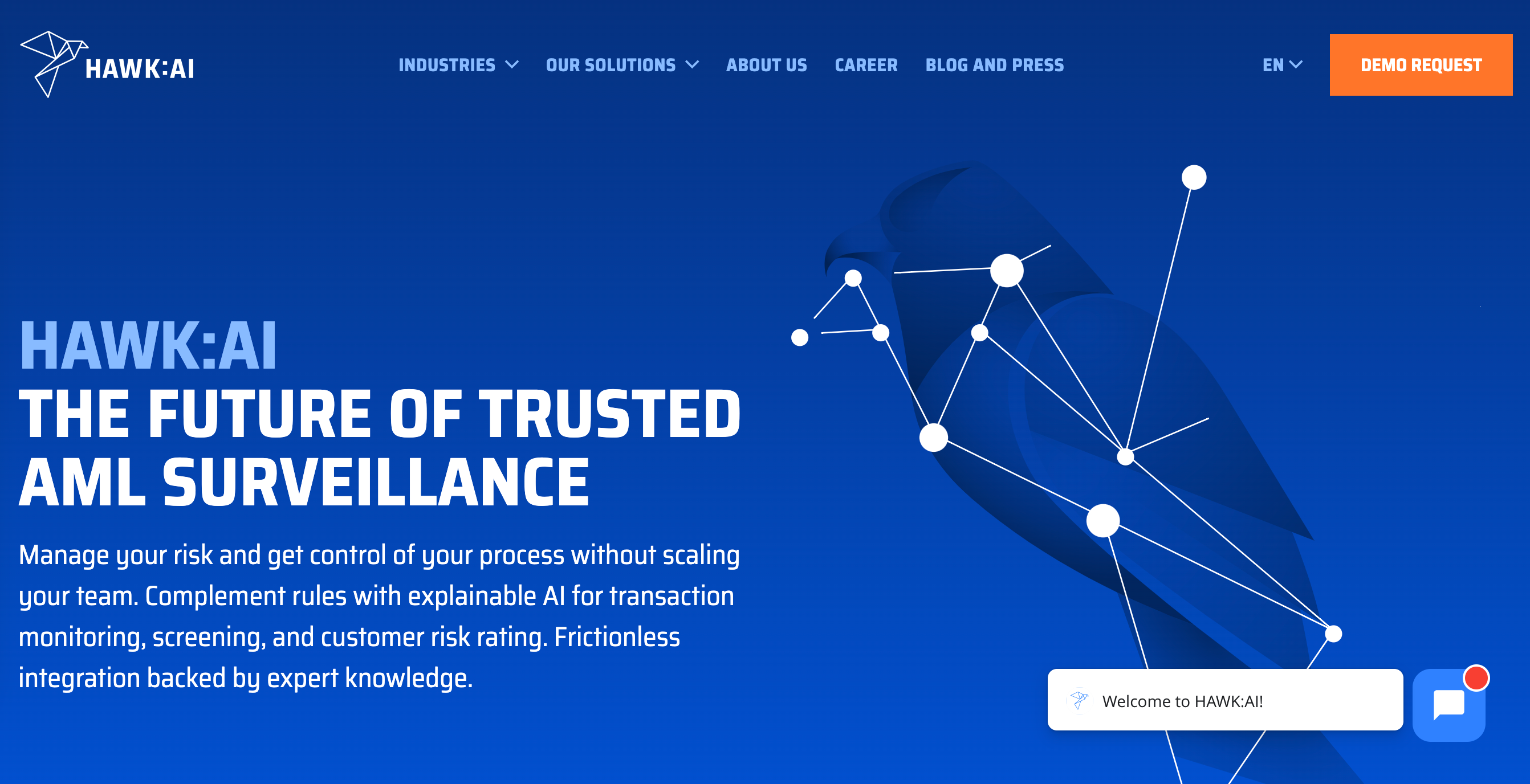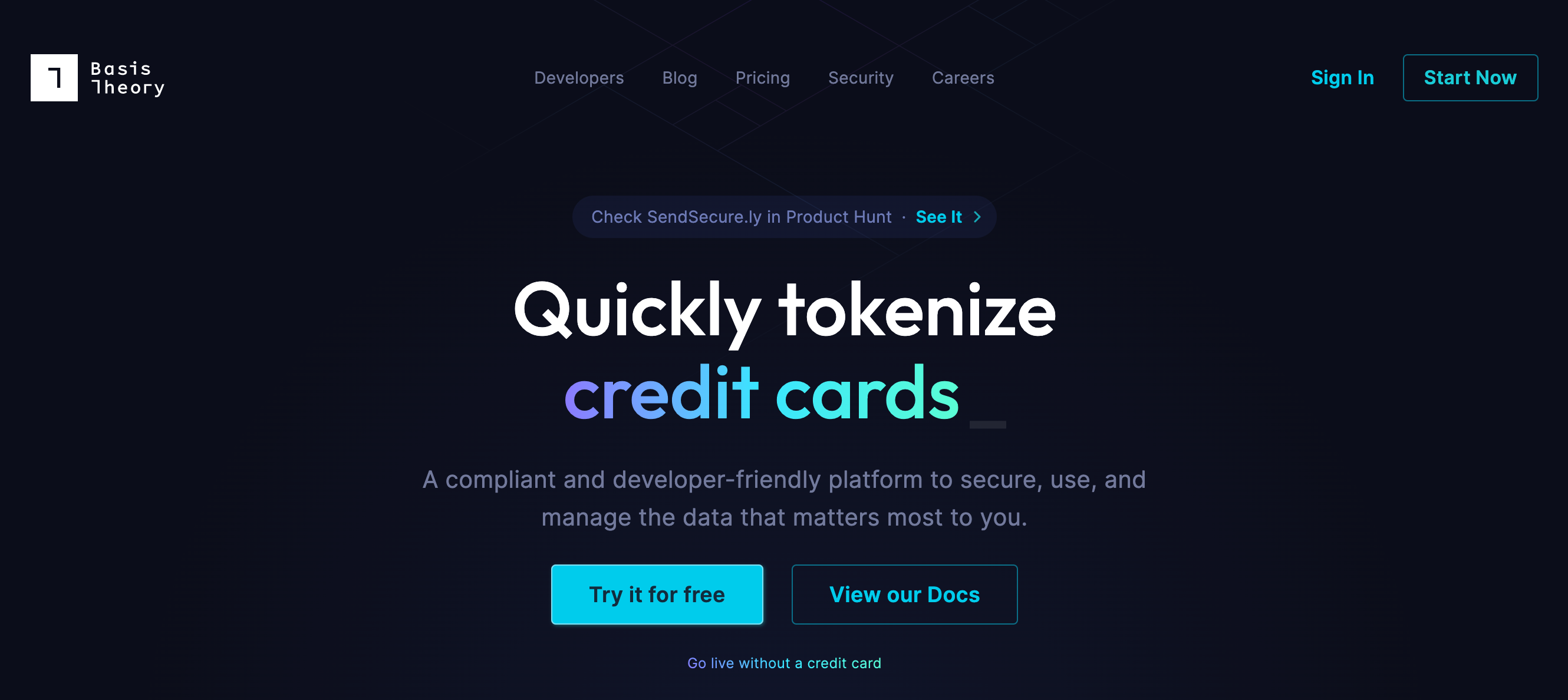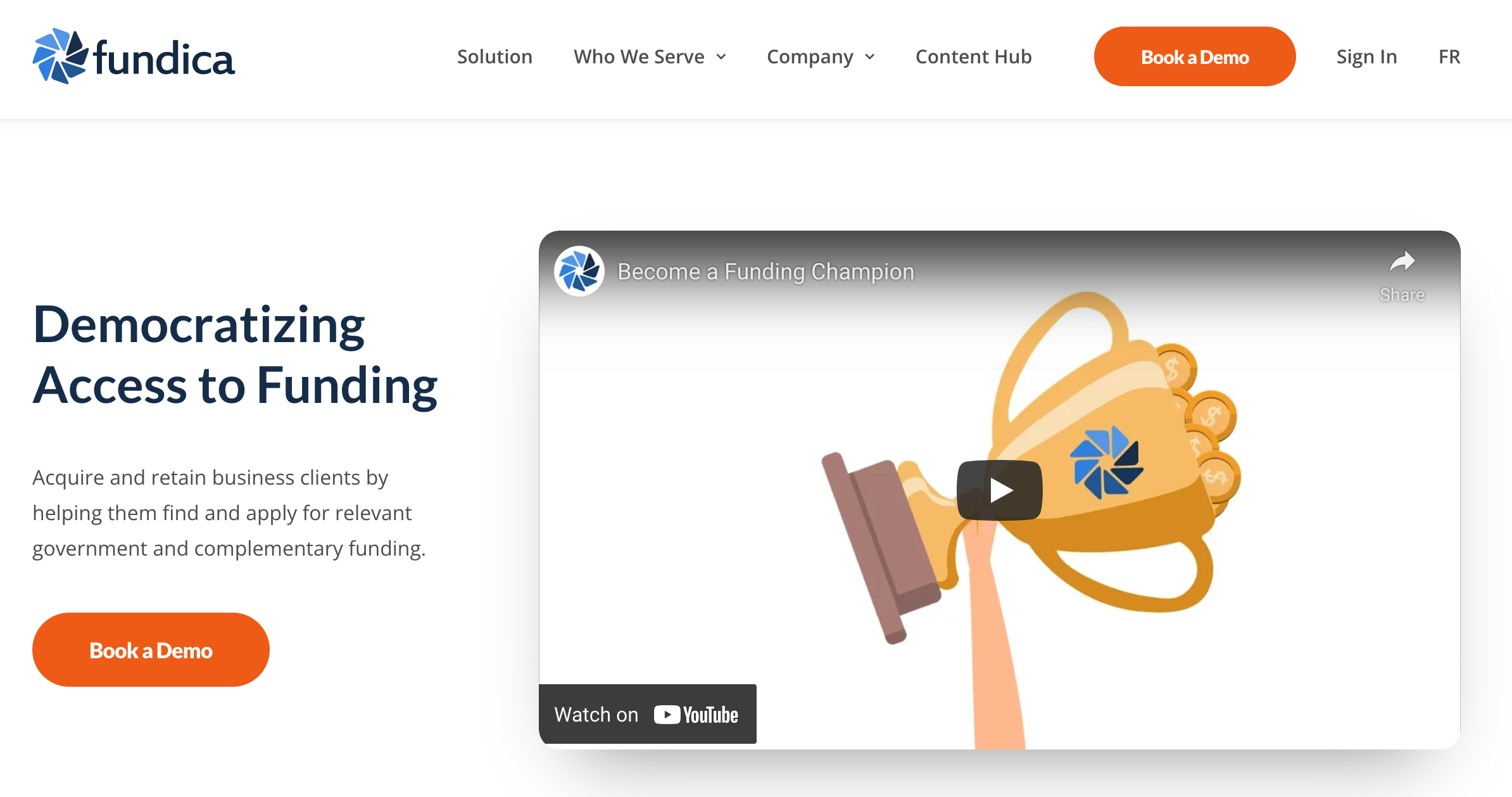
New to FinovateSpring this year, we’re connecting startups raising early-stage capital with investors who can make it happen. And there’s still room at the table. If you’re a startup raising pre-seed/seed/series A funding, apply now. Interested investors should reach out to Heather Stowell.
To shed a little more light on our Advanced Startup Booster program on May 18, Greg Palmer, VP of Strategy and host of The Finovate Podcast, sat down with one of the investors, Garnet Heraman, who will be meeting these startups.
As Founder and Managing Partner at Aperture Venture Capital, Heraman not only has VC insight into startup funding in the fintech industry, but he also has years of entrepreneur experience, notably as the CEO of three tech companies acquired within years of each other.
“In a general sense, this is such a people business and such a leadership and management business, especially at the early stages of a VC-backed company,” Heraman said. “At the early stages of a startup, I think it’s all about personalities, personal discernment and rapport, leadership, and substance. Saying what you mean and meaning what you say. Tried and true maxims about what it takes to be a good, bankable person.”
Heraman added, “In our fintech world specifically, what Aperture looks for essentially is what we call ‘fintech adjacent’ or ‘fintech plus.’ We’re looking for those undiscovered intersections between traditional fintech and some compelling lucrative enterprise segment. A company that takes a problem-solving perspective and lives at that intersection.”
Below are some further insights from Heraman from his recent conversation with Finovate VP Greg Palmer.
On building networks and ecosystems
(The) Startup Booster Program looks like an awesome way to get the right companies in front of the right people at the right time. I (think) about where I was when I was a first- and second-time entrepreneur. (We) could have done a much better job of essentially getting out and about into the conferences and building networks and building ecosystems.
On delivering value to pre-seed fintech startups
We feel like there is an immense opportunity to deliver value to these pre-seed companies if you can make that alignment happen proactively. Beyond any kind of capital, things like product and technology support, sales and distribution support, logistics and supply chain guidance and resources (are critical). To the extent that those things can be more readily available to more pre-seed companies, what you’re going to see is . . . the overall ecosystem for pre-seed companies develop better and rise to the top.
On the importance of a healthy startup ecosystem
Without young startups being in channels that have them coming into contact with seed and later-stage VCs and/or corporations, a couple of things happen. They don’t get the funding they need and the smart money they need, like access to mission critical operational resources, at a critical time when they are still developing. Without the opportunity to refine, if not pivot, make mistakes and fix them, the overall market is going to be bereft of companies that could otherwise do well for themselves.
On the importance of diversity
If only a tiny portion of all of these billions of dollars in VC capital is going to people of color, you have to ask yourself what is the opportunity cost to the gross national product of this country? By not having more money go into the hands of innovators and entrepreneurs who are people of color and, maybe more importantly, female, what is the opportunity cost?
Advanced Startup Booster meetings take place on May 18 between 5pm to 6pm. For more information on how to get involved, visit our Startup Booster program hub today!


